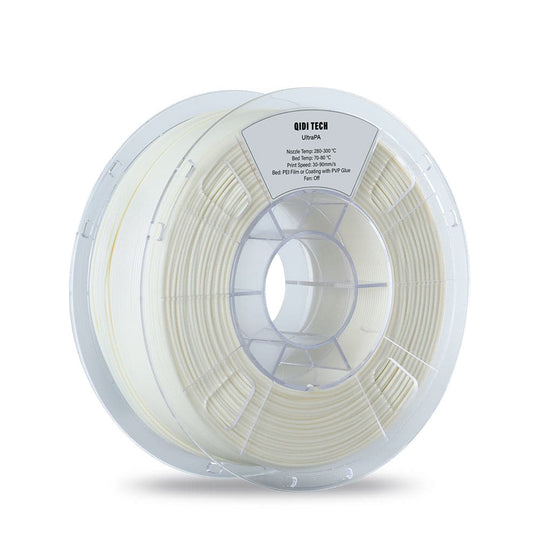In the world of 3D printing, the choice of filament is crucial. It not only affects the quality of the print but also determines the durability and functionality of the final product. This guide will delve into the various types of filaments available, their properties, and their specific uses.

Understanding 3D Printing Filaments
What exactly is a filament? In simple terms, it is the material used in 3D printing to create objects layer by layer. Filaments come in various materials, each with unique characteristics. Understanding these differences can help you select the right filament for your project.
Types of 3D Printing Filaments
- PLA (Polylactic Acid): This is one of the most popular filaments, known for its ease of use and biodegradability. It is ideal for beginners and is often used for prototyping.
- ABS (Acrylonitrile Butadiene Styrene): ABS is favored for its strength and durability. It is commonly used in industrial applications but requires a heated bed to prevent warping.
- PETG (Polyethylene Terephthalate Glycol): This filament combines the best of both PLA and ABS. It is strong, flexible, and resistant to impact, making it suitable for functional parts.
- Nylon: Known for its toughness and flexibility, nylon is perfect for parts that require durability. However, it can be challenging to print due to its tendency to absorb moisture.
- TPU (Thermoplastic Polyurethane): This flexible filament is ideal for creating rubber-like parts. It is commonly used in applications requiring elasticity.
Properties of 3D Printing Filaments
Each type of filament has distinct properties that influence its performance. For instance, while PLA is easy to print, it may not withstand high temperatures. Conversely, ABS is more heat-resistant but can emit fumes during printing. Understanding these properties is essential for achieving optimal results.
Key Properties to Consider
- Temperature Resistance: Different filaments have varying melting points, which can affect their suitability for certain applications.
- Flexibility: Some filaments, like TPU, offer flexibility, while others, like PLA, are more rigid.
- Durability: Consider the end-use of your printed object. For functional parts, stronger filaments like ABS or Nylon are recommended.
- Ease of Printing: If you are a beginner, starting with PLA can be beneficial due to its forgiving nature.
Choosing the Right Filament for Your Project
When selecting a filament, consider the specific requirements of your project. Are you looking for something that is easy to print, or do you need a material that can withstand harsh conditions? By answering these questions, you can narrow down your options effectively.
For a wide range of high-quality 3D printing filaments, you can explore . This resource offers various materials suitable for different printing needs.
Conclusion
In conclusion, understanding the different types of filaments and their properties is essential for successful 3D printing. By choosing the right filament, you can enhance the quality and functionality of your printed objects. Whether you are a beginner or an experienced user, the right filament can make all the difference in your 3D printing journey.








